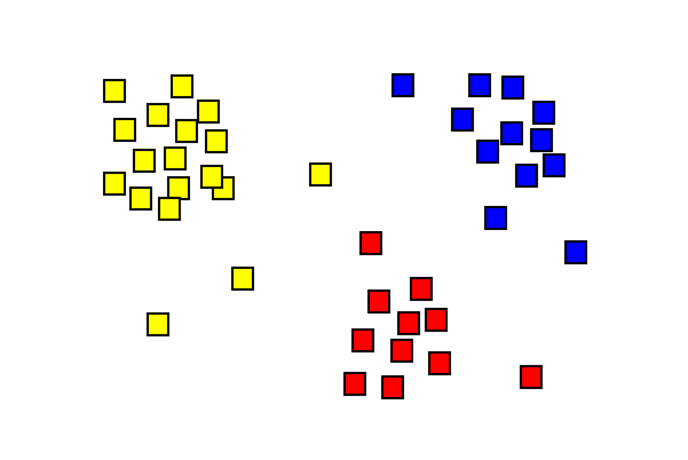Supervised machine learning (ML) trains algorithms with sample inputs and outputs, while unsupervised machine learning (ML) provides the algorithm with only inputs.
Supervised ML uses example data of inputs and outputs to predict an output based on a new input. Since the goal is to learn rules that define the relationship between inputs and outputs, the training dataset contains labeled outputs in order for the model to learn. After learning, the model can calculate outputs from new inputs based on the learned rules.
Unsupervised ML analyzes data characteristics—it has only input data without labeled output data or clearly defined expectations. Instead, it uses data characteristics analysis to create clusters of similar attributes, or uses dimension reduction that eliminates non-critical data features.
Learn more about machine learning in marketing here.
%20TP.png?height=120&name=arcalealogo-blue-horizontal%20(1)%20TP.png)
